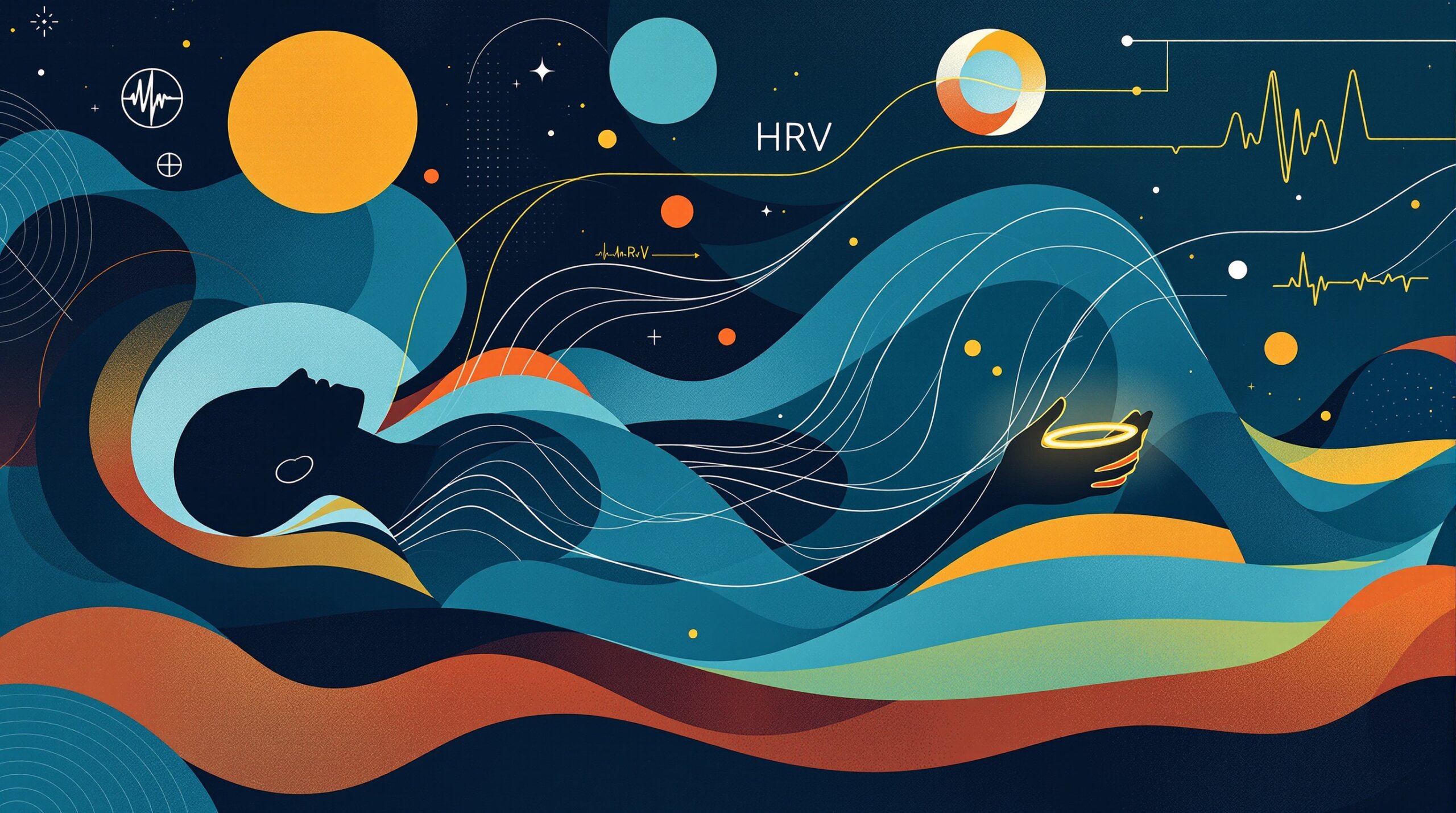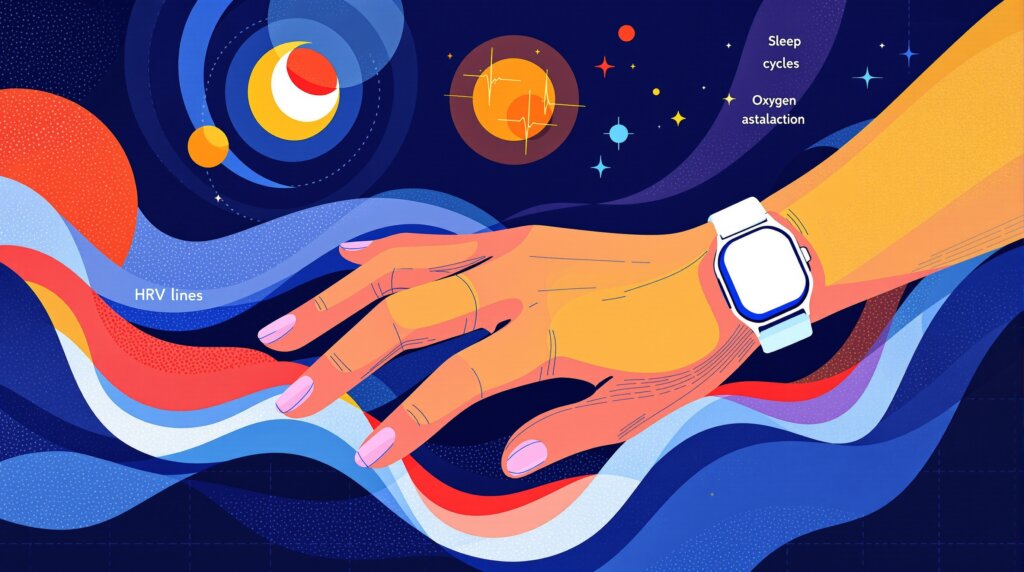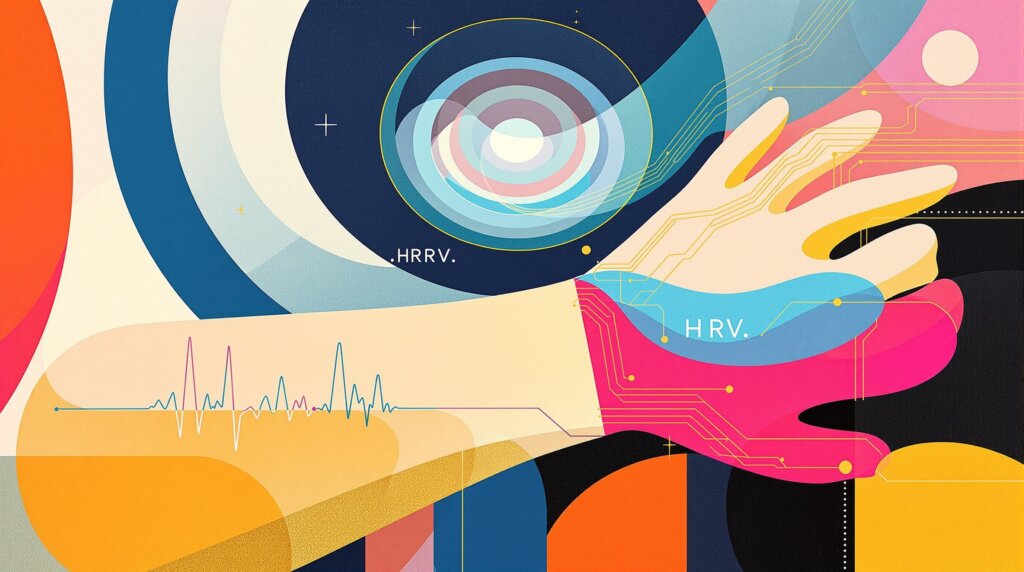The Sleep Apnea Crisis: Why Traditional Monitoring Falls Short
Understanding the Silent Health Epidemic
Sleep apnea affects millions of people worldwide, yet it often remains a silent threat to longevity and overall health. This condition, characterized by repeated interruptions in breathing during sleep, significantly increases the risk of heart disease, diabetes, cognitive decline, and premature mortality. What makes sleep apnea particularly concerning is that an estimated 80% of Americans with the condition remain undiagnosed, largely due to the inconvenience and high cost of traditional sleep studies.
Enter sleep apnea ring monitors—a revolutionary approach to home-based sleep monitoring that’s transforming how we detect and manage this critical health condition. These innovative wearable devices are making accurate sleep apnea monitoring more accessible than ever before, offering a glimpse into the future of personalized healthcare. As we navigate 2025, understanding how these devices work and their potential impact on longevity becomes increasingly important for anyone serious about optimizing their health span.

The Traditional Diagnosis Dilemma
Why Sleep Labs Aren’t Always the Answer
Sleep apnea typically manifests in two primary forms: obstructive sleep apnea (OSA), where throat muscles relax and block the airway, and central sleep apnea, where the brain temporarily stops sending signals to breathing muscles. While obstructive sleep apnea is far more common, both conditions can severely impact sleep quality and long-term health outcomes.
The gold standard for sleep apnea diagnosis has long been in-lab polysomnography (PSG), a comprehensive overnight study that monitors brain waves, eye movements, muscle activity, heart rhythm, and breathing patterns. However, this approach isn’t without significant drawbacks. The process is often expensive, with costs sometimes exceeding $3,000, and requires sleeping in an unfamiliar clinical environment that may not reflect natural sleep patterns.
Perhaps most concerning is the accessibility issue. Many sleep centers have lengthy waiting lists, and the artificial lab environment can sometimes lead to unreliable results. This has contributed to the massive underdiagnosis problem, leaving millions of people unaware that their poor sleep quality and daytime fatigue may stem from a treatable medical condition that’s silently impacting their cardiovascular health and cognitive function.
How Sleep Apnea Ring Monitors Work
Advanced Sensor Technology in a Compact Form Factor
Sleep apnea ring monitors represent a remarkable convergence of miniaturized sensors and sophisticated algorithms, all packed into a device that’s comfortable enough for nightly wear. These rings typically weigh less than 10 grams and are designed to be worn on the finger throughout the night, making them far less intrusive than traditional monitoring equipment.
The core technology revolves around several key sensor types. Pulse oximetry sensors continuously measure blood oxygen saturation (SpO2) levels, which tend to drop during apnea events when breathing temporarily stops. Heart rate monitoring provides additional insights, as heart rate patterns often change in response to breathing disruptions. Photoplethysmography (PPG) sensors use light to detect blood volume changes in the finger, offering detailed physiological data that can reveal subtle breathing irregularities.
Many advanced models also incorporate activity and temperature sensors to provide context for sleep patterns and ensure accurate readings. The real innovation, however, lies in the software integration. Modern ring monitors use sophisticated algorithms to analyze multi-night data, calculating metrics like the Apnea-Hypopnea Index (AHI)—the standard measure of sleep apnea severity.
The Power of Continuous Monitoring
What sets these devices apart is their ability to collect data across multiple nights, which often proves more accurate than single-night lab studies. Some models have demonstrated up to 97% accuracy compared to traditional lab tests when used over several nights. Additionally, certain devices can provide real-time feedback through gentle vibration alerts when SpO2 levels drop below safe thresholds or when irregular heart rate patterns are detected.
Leading Devices Transforming Sleep Health in 2025
FDA-Cleared Options Leading the Market
The landscape of sleep apnea ring monitors has matured significantly, with several devices now carrying FDA clearance for medical-grade monitoring. The Happy Ring stands out as a comprehensive solution that combines multi-night sleep studies with continuous health monitoring capabilities. This device has gained recognition for its clinical reliability and ability to provide detailed sleep architecture analysis alongside apnea detection.
Another notable option is the Viatom Smart Ring Pulse Oximeter (O2Ring), which focuses specifically on SpO2 and pulse rate monitoring with intelligent alert systems. These FDA-cleared devices represent a significant step forward in making medical-grade sleep monitoring accessible outside clinical settings.
However, it’s worth noting that the market also includes devices that offer valuable insights but aren’t yet classified as medical-grade. While these may provide useful pre-diagnostic information, they shouldn’t be relied upon for definitive medical assessment. The distinction between wellness devices and medical-grade monitors remains crucial for users seeking accurate health data.
Validation and Real-World Performance
Clinical studies have shown that FDA-cleared ring monitors often achieve high user compliance rates, largely due to their comfort and ease of use. This improved compliance translates to better data quality and more reliable monitoring results. However, users should understand that even the most advanced rings have limitations and may occasionally produce false positives or miss subtle apnea events.
The Advantages of Ring-Based Sleep Monitoring
Convenience Meets Clinical Accuracy
The primary appeal of sleep apnea ring monitors lies in their unparalleled convenience. Unlike bulky CPAP monitoring equipment or overnight lab stays, these devices integrate seamlessly into daily routines. Users can maintain their normal sleep environment and schedule while collecting comprehensive health data—a factor that often leads to more accurate representation of typical sleep patterns.
Longitudinal tracking capabilities represent another significant advantage. Rather than capturing a single night’s data, ring monitors can track patterns over weeks or months, providing insights into how lifestyle changes, stress levels, or medical treatments affect sleep apnea severity. This extended monitoring period can be particularly valuable for tracking treatment response and identifying triggers that worsen symptoms.
From an accessibility standpoint, ring monitors are democratizing sleep health monitoring. They’re helping to bridge the gap between suspicion of sleep apnea and formal diagnosis, potentially catching cases that might otherwise go undetected for years. Many insurance plans are beginning to cover these devices, making them an increasingly affordable option for preliminary screening.
Important Limitations and Considerations
Understanding What Ring Monitors Can and Cannot Do
While sleep apnea ring monitors offer remarkable convenience and accuracy, they’re not without limitations. The distinction between medical-grade and wellness devices remains critical—only FDA-cleared devices should be considered for serious health monitoring. Even with medical-grade accuracy, these devices typically serve as screening tools rather than definitive diagnostic instruments.
Privacy and data security represent growing concerns as these devices collect intimate health information continuously. Users should carefully review data handling policies and understand how their sleep data is stored, processed, and potentially shared. Battery life and device maintenance also require consideration, as most rings need regular charging and periodic calibration to maintain accuracy.
Perhaps most importantly, ring monitor results should always be interpreted in consultation with healthcare providers. While these devices can identify potential issues and track trends, professional medical evaluation remains essential for proper diagnosis and treatment planning.
The Future of Sleep Health Technology
Emerging Innovations and Integration
The trajectory of sleep apnea monitoring technology points toward even greater sensor accuracy and device miniaturization. Future developments may include integration with telemedicine platforms, enabling remote diagnosis and management of sleep disorders. We’re also seeing movement toward comprehensive health monitoring devices that combine apnea detection with broader wellness metrics like stress levels, temperature regulation, and circadian rhythm analysis.
Artificial intelligence will likely play an increasingly important role, potentially offering personalized treatment recommendations based on individual sleep patterns and physiological responses. This evolution aligns with the broader trend toward preventive, personalized healthcare that emphasizes early detection and intervention.
Making the Right Choice for Your Sleep Health
Key Factors for Device Selection
When considering a sleep apnea ring monitor, medical clearance should be the primary consideration for anyone with serious health concerns. Other important factors include measurement accuracy, comfort during extended wear, battery life, and the quality of companion apps for data interpretation. Pricing models vary significantly, and insurance coverage is becoming more common for FDA-cleared devices.
The decision to use a ring monitor should ideally involve consultation with healthcare providers, particularly for individuals with existing cardiovascular conditions or other health concerns that could be affected by undiagnosed sleep apnea.
Maximizing the Benefits of Ring Monitoring
Practical Tips for Accurate Results
To ensure optimal monitoring results, users should maintain consistent sleep schedules and ensure proper ring fit—too loose or too tight can affect sensor accuracy. It’s important to understand that ring data provides valuable insights but shouldn’t replace professional medical evaluation. Consider using the data to identify patterns and potential triggers, but always discuss significant findings with healthcare providers.
Lifestyle modifications can often complement device monitoring. Regular sleep schedules, weight management, and avoiding alcohol before bedtime may improve both sleep quality and monitoring accuracy.
Conclusion: A New Era of Accessible Sleep Health
Sleep apnea ring monitors represent a transformative advancement in personalized health monitoring, offering an unprecedented combination of convenience, accuracy, and clinical relevance. As we progress through 2025, these devices are becoming increasingly sophisticated while maintaining the simplicity that makes long-term monitoring feasible for everyday users.
The potential impact on longevity and health span is significant—early detection and monitoring of sleep apnea can help prevent the cardiovascular complications, cognitive decline, and metabolic dysfunction associated with untreated sleep disorders. For those committed to optimizing their health and extending their healthspan, sleep apnea ring monitors offer a valuable tool for gaining insights into one of the most fundamental aspects of health: quality sleep.
However, the true value of these devices lies not just in their technological capabilities, but in how they’re integrated into a comprehensive approach to health management that includes professional medical guidance, lifestyle optimization, and long-term monitoring strategies.
Frequently Asked Questions
What is a sleep apnea ring monitor and how does it work?
Can a ring monitor detect sleep apnea as accurately as an in-lab sleep study?
Which sleep apnea ring monitors are recommended in 2025 and what should I look for?
How do I use data from a ring monitor to talk to my doctor about suspected sleep apnea?
Are sleep apnea ring monitors safe and how is my health data protected?



